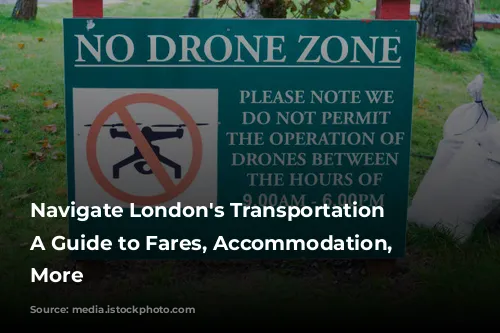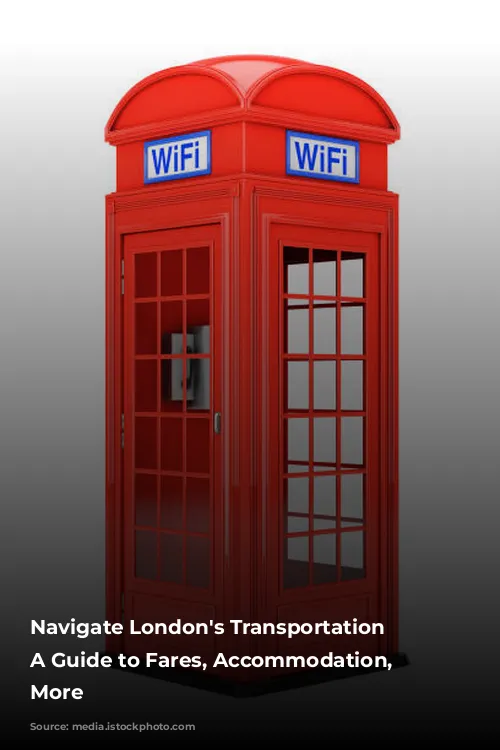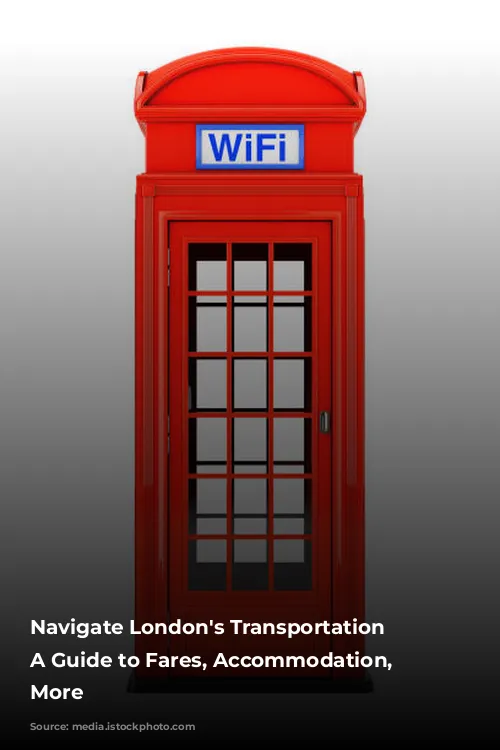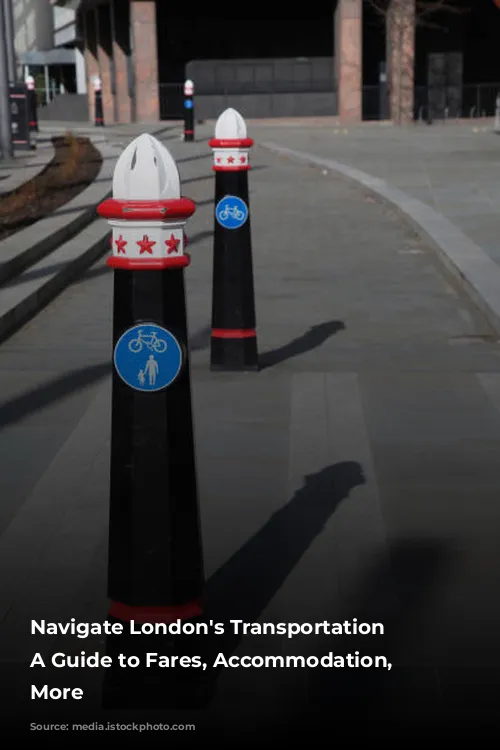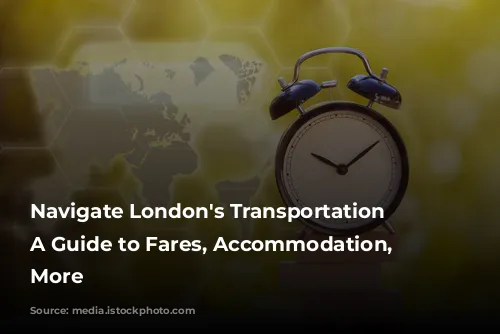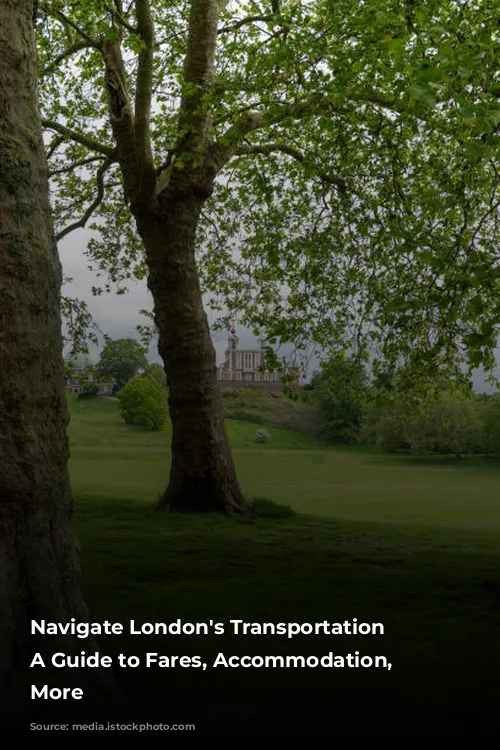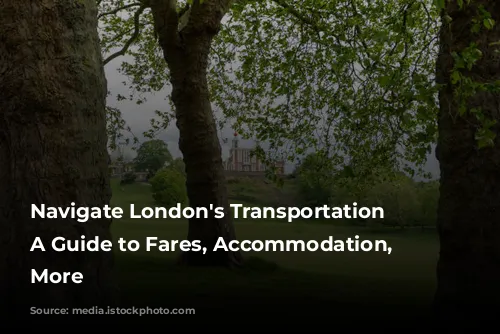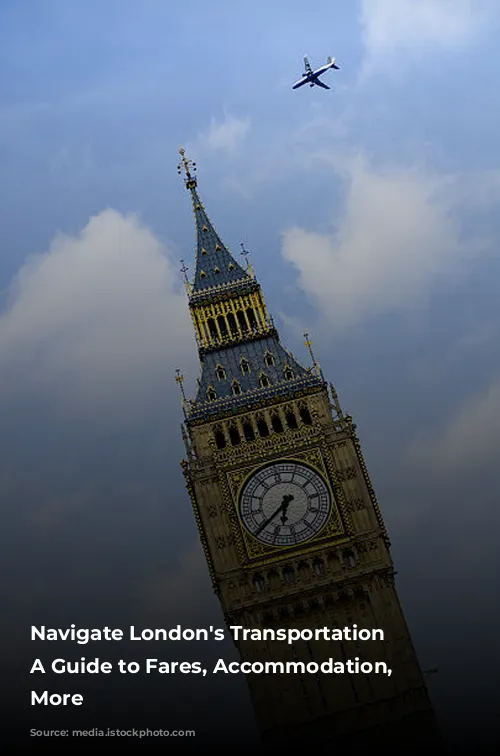London’s public transport system is a marvel, connecting every corner of the city with its iconic Tube, buses, and other modes of travel. But navigating this labyrinthine network requires understanding the fare structure – that’s where London Travel Zones come in. These zones are concentric circles, like the rings of a target, that radiate outwards from the heart of London. Zone 1, the bullseye, encompasses Central London, home to world-famous landmarks like Buckingham Palace and the Tower of London. As you move further away from the center, each subsequent zone extends outwards to cover more neighborhoods and eventually the surrounding suburbs.
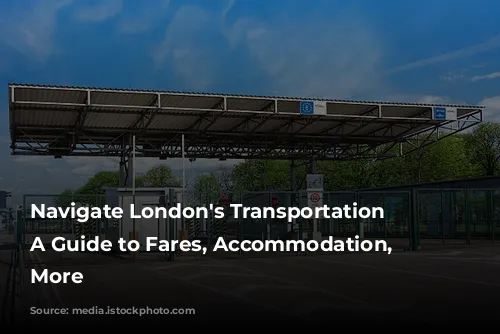
London Travel Zones and Their Impact on Your Budget
The magic of London’s zones lies in their impact on your finances. The closer you are to the heart of the city, the more you’ll pay for accommodation. A cozy flat in Zone 1, with its proximity to the West End and major business districts, can easily set you back over £2,500 per month! Move slightly outwards to Zone 2, encompassing vibrant areas like Camden and Hammersmith, and you’ll find rent prices easing a bit, averaging around £1,800 per month. In Zone 3, where neighborhoods like Stratford and Wimbledon offer a more laid-back atmosphere, one-bedroom rentals hover around £1,500 per month. Further out, in Zones 4 and beyond, you’ll find even more budget-friendly options, but be prepared for longer commutes.
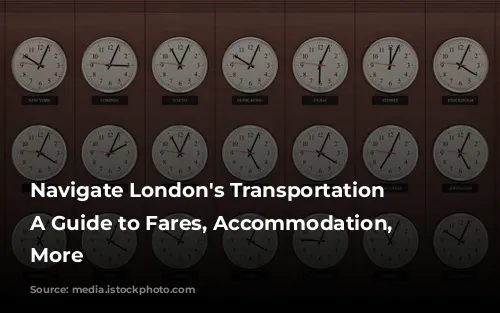
Travel Smart: Oyster Cards, Contactless Payments, and Peak/Off-Peak Fares
When traveling on London’s Tube, you have two convenient payment options: Oyster cards and contactless payments. The Oyster card is a physical card you top up with credit to tap in and out of tube stations. Contactless payments, on the other hand, allow you to tap your debit or credit card directly, eliminating the need for a separate travel card. Both methods offer the same fare pricing and daily caps. However, contactless payments are more convenient as you don’t need to worry about topping up your card or carrying extra plastic. But some may prefer the anonymity and flexibility of using cash to top up an Oyster card.
Now, let’s talk about peak and off-peak fares – they can significantly impact your travel costs. During peak hours, typically Monday to Friday between 6:30 am and 9:30 am, and 4 pm to 7 pm (excluding public holidays), fares are higher. This is to discourage travel during the busiest times and encourage travelers to consider alternative times for their journeys. If you’re a commuter, try to plan your trips outside of peak hours whenever possible to save some money. Maybe adjust your work schedule to avoid the morning rush or take advantage of off-peak fares for evening events. For leisure travel, exploring the city during off-peak hours can make for a more enjoyable and relaxed experience without the crowds.
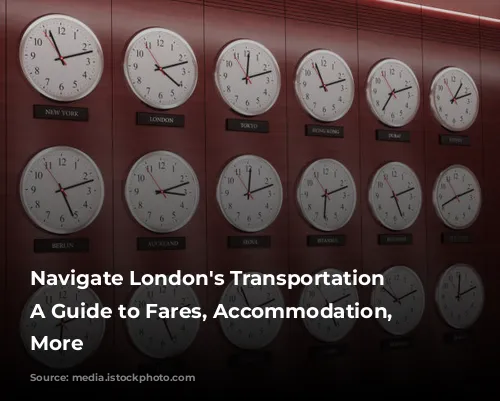
Finding Student Accommodation: Location, Cost, and Convenience
Choosing student accommodation in London requires balancing proximity to your university with travel costs and overall budget. If your university is located centrally, Zones 1 or 2 might be ideal for easy access. But if your university is further out, higher zones can offer more affordable rent while still providing convenient transport options. Platforms like uhomes.com offer a wide range of options across different zones, allowing you to find accommodation that suits your budget and location preferences.
When choosing student accommodation, consider factors like proximity to public transport, amenities, and the overall atmosphere of the area. Do you want to be in the heart of the action in Zone 1 or enjoy a quieter suburban vibe in Zone 3 or beyond? Whether you crave the vibrancy of central London or the peace of its outskirts, uhomes.com can help you find the perfect student home.

Exploring London’s Zones: A Guide to Choosing the Right Fit
Central London encompasses Zones 1 and 2. Zone 1, the heart of the city, is a vibrant hub brimming with attractions like the West End, Buckingham Palace, the Houses of Parliament, and the City of London financial district. It’s bustling with life, offering an abundance of cultural landmarks, shopping districts, and dining options. Zone 2 surrounds Zone 1, offering a blend of residential and commercial areas, providing a balance between city access and slightly more affordable living. Both zones are well-connected by public transport, making them popular for both living and tourism.
But what are the best zones in London? It depends on your priorities. Each zone has its unique benefits.
- Zone 1: For those who want to be at the epicenter of everything, with easy access to major attractions, business districts, and cultural landmarks. But be prepared for hefty rent prices.
- Zone 2: Offers a blend of central access and residential comfort, with slightly lower costs than Zone 1.
- Zone 3: Provides more affordable housing options while remaining reasonably close to central London.
- Zones 4-6: Ideal for those who crave quieter, suburban living with more green spaces, but travel times to central London are longer.
The beauty of London is its diverse offering. Whether you seek the vibrant energy of central London or the peace and affordability of its suburbs, London’s zones offer a space for every lifestyle.
So, take a deep breath, grab your Oyster card, and explore London’s magnificent zones. From the heart of the city to its charming outskirts, London offers a journey for every taste and budget.


